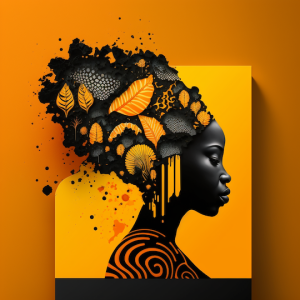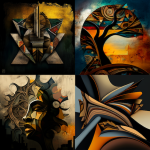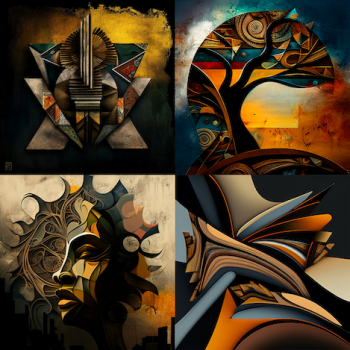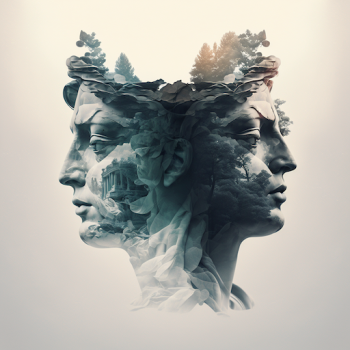
Delving into the multifaceted world of artistic expression and its significance to human culture
Introduction
Defining art has been a subject of philosophical debate for centuries.
From ancient cave paintings to modern digital creations, art encompasses a vast array of forms and mediums, each reflecting the unique perspectives and experiences of the artists and their audiences.
Today, we attempt to explore the concept of art, examining its various aspects, including aesthetics, expression, communication, and the role it plays in human society.
Aesthetics: The Beauty of Art
One of the key aspects of art is aesthetics, or the appreciation of beauty, form, and harmony.
While beauty may be subjective, the aesthetic qualities of art often evoke emotional responses, capturing the attention and imagination of audiences.
This appreciation of beauty can be found in both the visual and performing arts, from the graceful lines of a sculpture to the emotive melodies of a symphony.
Expression: Art as a Medium for Emotion and Ideas
Art serves as a powerful medium for the expression of emotions, ideas, and experiences.
Artists utilize various techniques and materials to convey their thoughts, feelings, and perceptions, often transcending linguistic and cultural barriers.
Through this creative process, artists can explore complex themes, communicate personal narratives, and provide social commentary, enriching our understanding of the human experience.
Communication: Art as a Universal Language
Another essential aspect of art is its role as a form of communication.
As a universal language, art can connect individuals and cultures, fostering empathy, understanding, and dialogue.
This ability to communicate across boundaries is particularly evident in the visual arts, where images and symbols can often be understood and appreciated by diverse audiences, regardless of their cultural background or linguistic abilities.
The Role of Art in Society
Art plays a crucial role in human society, serving various functions throughout history and across cultures. Some of these functions include:
- Cultural Preservation: Art often serves as a means of preserving and celebrating cultural traditions, heritage, and identity. Through artistic expressions such as dance, music, and visual arts, communities can maintain a connection to their history, beliefs, and customs.
- Social Commentary and Critique: Art can also function as a tool for social commentary and critique, addressing issues such as politics, human rights, and the environment. By engaging with these topics, artists can raise awareness, inspire change, and challenge societal norms.
- Personal Growth and Emotional Well-Being: The creation and enjoyment of art can contribute to personal growth and emotional well-being. Art allows individuals to express their emotions, explore their identities, and connect with others, promoting mental health and self-awareness.
Conclusion
While defining art is a complex and nuanced endeavor, its essence can be found in its ability to capture the beauty of the world, express the emotions and ideas of the artist, and communicate across cultural and linguistic boundaries.
Art is an integral part of human society, enriching our lives, fostering understanding, and providing a means of self-expression and emotional well-being.
As we continue to engage with and appreciate the diverse world of artistic expression, let us remember the profound impact art has on our lives and the countless ways it connects and inspires us.













